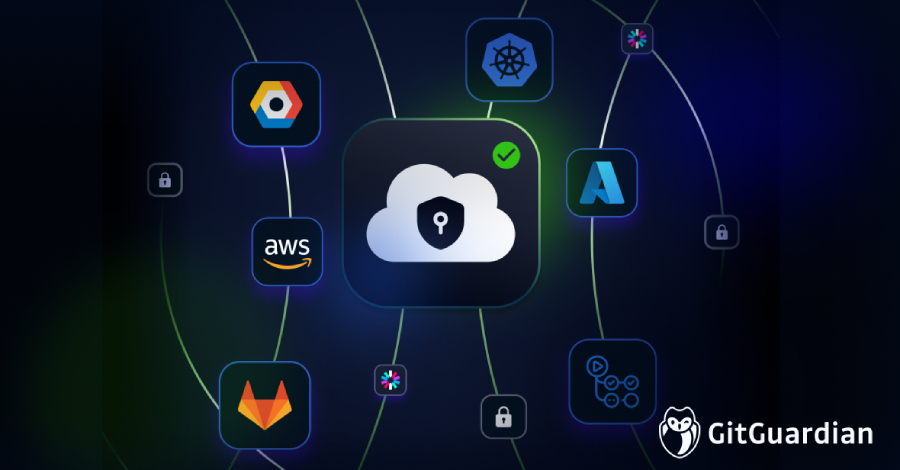
As machine identities explode across cloud environments, companies are reporting dramatic increases in productivity by eliminating static credentials. And legacy systems remain the only vulnerable part.
For decades, organizations have relied on static secrets such as API keys, passwords, and tokens as unique identifiers for their workloads. Although this approach provides clear traceability, it creates what security researchers describe as an “operational nightmare”: manual lifecycle management, rotation schedules, and constant risk of credential leakage.
This challenge has traditionally driven organizations to centralize secrets management solutions like HashiCorp Vault and CyberArk, which provide a universal broker of secrets across platforms. However, these approaches perpetuate the fundamental problem of the prevalence of static secrets that require careful management and rotation.
“Putting workloads that need to read data from AWS S3 on Azure is not ideal from a security perspective,” explains a DevOps engineer who manages a multicloud environment. “The complexity of cross-cloud authentication and authorization makes this difficult to set up securely, especially if you choose to simply configure your Azure workloads with AWS access keys.”
business case for change
Enterprise case studies show that organizations implementing managed identities report a 95% reduction in time spent managing credentials for each application component and a 75% reduction in time spent learning platform-specific authentication mechanisms, resulting in savings of hundreds of hours per year.
But how should you approach migration, and what’s stopping you from eliminating static secrets completely?
Platform-native solution
Managed identity represents a paradigm shift from the traditional “what you have” model to a “who you are” approach. Rather than embedding static credentials in applications, modern platforms provide identity services that issue short-lived, automatically rotated credentials to authenticated workloads.

This transformation spans major cloud providers.
Amazon Web Services pioneered automatic credential provisioning through IAM roles, where applications automatically receive temporary permissions without storing static keys. Microsoft Azure provides managed identities that allow applications to authenticate to services like Key Vault and storage without requiring developers to manage connection strings or passwords. Google Cloud Platform provides service accounts with cross-cloud capabilities, allowing applications to seamlessly authenticate across different cloud environments. GitHub and GitLab have introduced automatic authentication for development pipelines that eliminates the need to store cloud access credentials in your development tools.
hybrid reality
However, the reality is more nuanced. Security experts emphasize that managed identities cannot solve all authentication challenges. Third-party APIs still require API keys, legacy systems often cannot integrate with modern identity providers, and cross-organizational authentication may still require shared secrets.

According to identity security researchers, “Secret managers dramatically improve the security posture of systems that rely on shared secrets, but their frequent use perpetuates the use of shared secrets rather than strong identities.” The goal is not to eliminate secret managers entirely, but to significantly reduce their scope.
Smart organizations strategically reduce their secrets footprint by 70-80% through managed identities and use robust secrets management for the remaining use cases, creating resilient architectures that leverage the best of both worlds.
Non-human identity discovery challenge
Most organizations have no visibility into their current credential status. IT teams often discover hundreds or even thousands of API keys, passwords, and access tokens scattered throughout their infrastructure with no clear ownership or usage patterns.
“You can’t replace what you can’t see,” explains Gaetan Ferry, security researcher at GitGuardian. “Before implementing a modern identity system, organizations need to understand exactly what credentials exist and how they are used.”
GitGuardian’s NHI (Non-Human Identity) security platform addresses this discovery challenge by providing comprehensive visibility into your existing secrets environment before implementing managed identities.
The platform discovers hidden API keys, passwords, and machine IDs across their infrastructure, allowing organizations to:
Map dependencies between services and credentials Identify migration candidates that are ready for managed identity transformation Assess the risks associated with using current secrets Plan strategic rather than blind transformations

Source link

